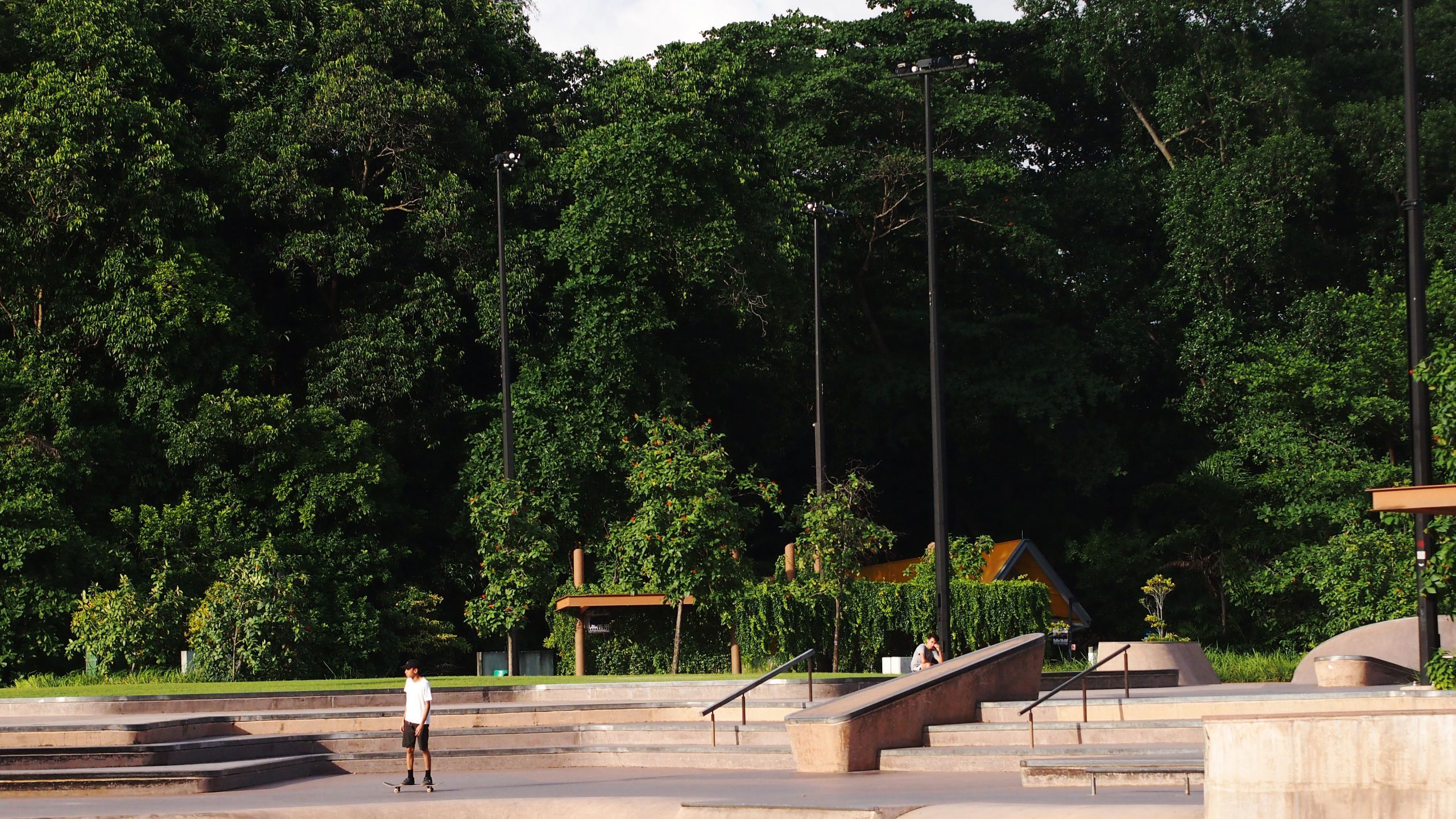Skateboarding in Singapore: Youth, Masculinity and Urban Sports Culture
July 31, 2024
Xtreme Skatepark, one of Singapore’s largest skateparks, was first opened by Prime Minister Lee Hsien Loong on 29 August 2009. The skatepark is a joint project by several government organisations, including the National Parks Board (NPB), the National Youth Council (NYC), and the Ministry of Community Development, Youth and Sports (then known as MCYS, now the Ministry of Culture, Community and Youth, or MCCY). The project aimed to galvanise the local extreme sports community as well as attract international crowds for competitions and events.
Skateboarding fits naturally into Singapore’s urban landscape, and likewise, the Singapore government has taken several approaches to including the sport in its culture and youth scene. In ‘Skateboarding in Singapore: Youth, Masculinity and Urban Sports Culture’ (The International Journal of the History of Sport, 2024), Assistant Professor Ying-kit Chan (NUS Chinese Studies) explores the history of skateboarding within Singaporean society, evaluating the discourse surrounding the sport to understand the shifting governmental attitudes over the years towards the behaviour of the youth population.
Chan suggests that the government has reshaped its narrative towards skateboarding several times. From initially discouraging the sport, due to its associations with danger and delinquency, to supporting skateboarders by providing them spaces and encouraging skateboarding as a healthy and productive output of energy. Chan details the process of how skateboarding became an integral part of Singapore’s culture, becoming so prolific that it forced the government’s stark shift in attitude. Although skateboarders initially faced significant challenges in the 1970s, having to conduct their activities on the offshore island Sentosa, by the late 1980s the sport saw a surge in popularity and subsequently received government support. Chan acknowledges that many factors contributed to this phenomenon, including the rise of the middle class as well as exposure to foreign media. Looking forward, he notes how the popularity of skateboarding continues to grow and how it has remained a useful analogy for understanding government perceptions of youth.
Read the article here.

